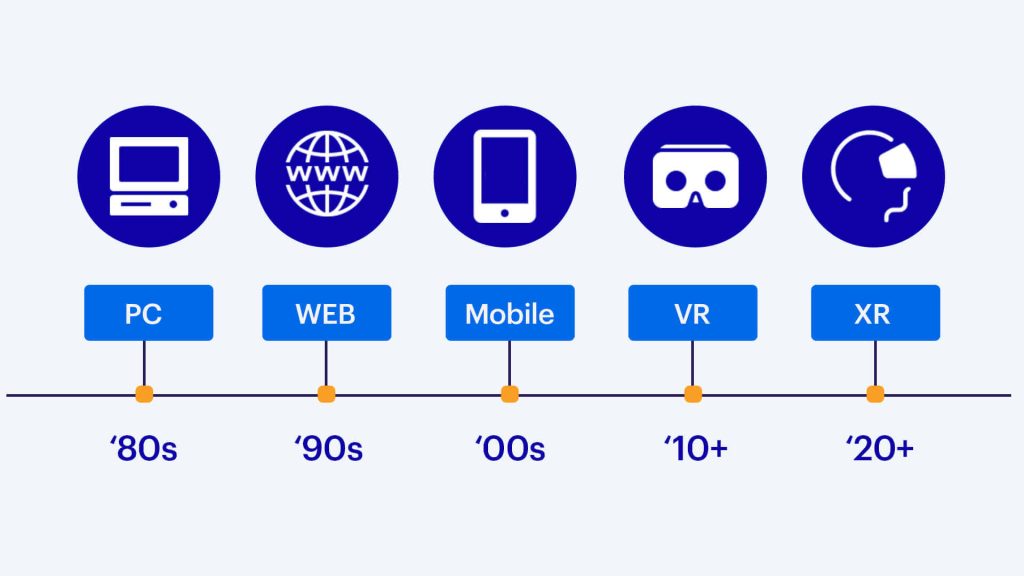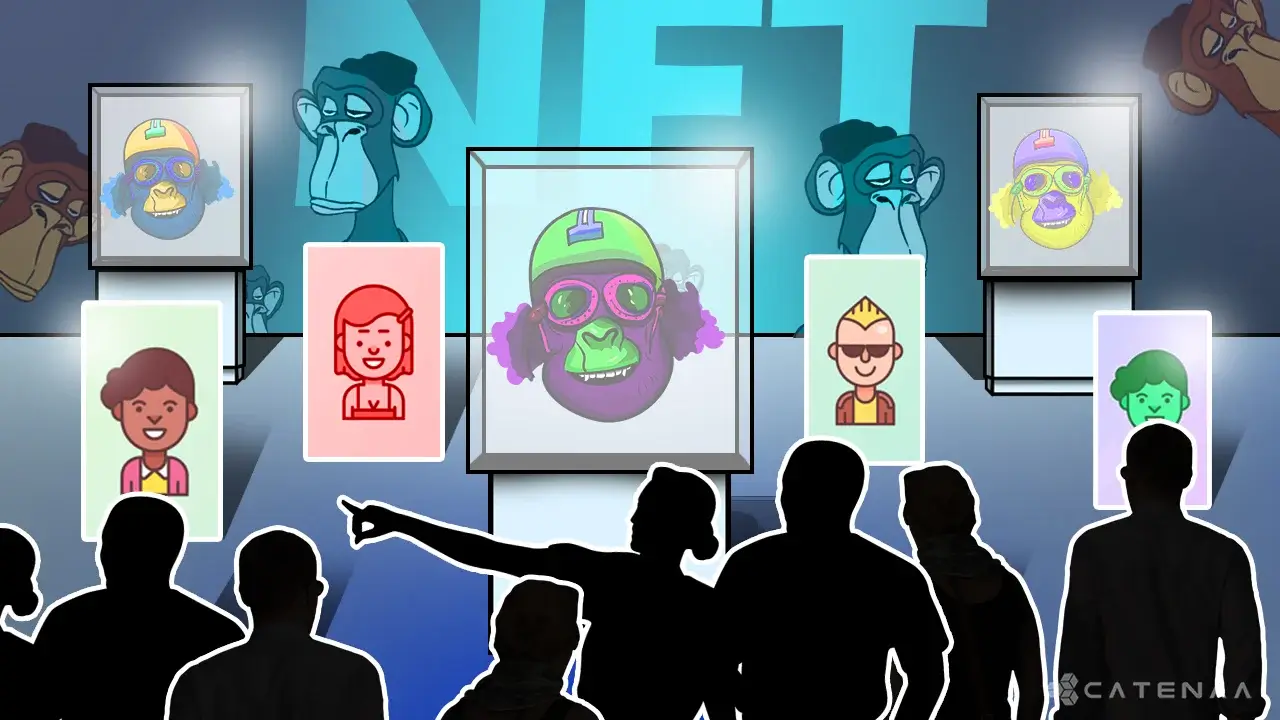Wednesday, July 18, 2023: Technology is changing the way we live and work. Unfortunately, it is also changing the way we interact with each other. The world has become more urbanized, and the economy is expanding. This has led to an increase in the complexity of our lives, which has made it challenging to manage our time and resources. Digital Transformation is a process that aims to make things simpler for us by using new technologies like virtual counterparts. In this article, we look at how the gap between the real and digital world is bridged by technologies like Virtual Reality (VR), Augmented Reality (AR), Mixed Reality (MR), and Extended Reality (XR).

What is Extended Reality?
The world is changing fast, and the new digital era has brought many new technologies. From virtual reality (VR), augmented reality (AR), and mixed reality (MR) to new gizmos being invented every day. But before we get ahead, let us first understand these terms.
The term ‘Extended Reality (XR) refers to the ability of hardware or software to create a sense of reality where computer-generated imagery can be used in conjunction with inputs from the real world via cameras or sensors to provide a user with an experience that extends beyond what is possible with a purely digital medium. And while XR has existed for some time now, it’s only recently seen mainstream adoption – mainly due to its promise to transform business processes, industries, and user interactions across various vertical markets such as gaming, retailing, and advertising.
XR is a combination of three technologies: virtual reality (VR), augmented reality (AR), and mixed reality (MR). By incorporating these three technologies, XR opens up several possibilities to create unique experiences and possibilities. XR establishes a bridge between our reality and the digital world, enabling us to interact with these environments more seamlessly than ever before. To better understand what extended reality is, let us take a close look at the definitions of VR, AR, and MR: 1

Benefits of XR
XR has the potential to revolutionize the way we think and the way we work. The enhancement in technology allows for a more immersive experience that can help us feel more creative and solve problems in new ways. This technology can change how we work, learn, and play. Here are some benefits of XR:
- Learning – XR can transform learning by enhancing students’ engagement and retention. XR provides students with a more realistic environment to learn and practise new skills. For example, students can use XR to visualize complex mathematical equations or create 3D models of objects they would like to make. They can also use it to simulate experiments or conduct surveys. It can also be used as a tool to foster creativity and problem-solving skills.
As an add-on to classroom learning, XR has the potential to help improve students’ engagement and retention by providing a more engaging learning environment. Research has shown that XR can increase motivation and interest in learning by providing cognitive stimulation and immersion. In addition, reanalysis has demonstrated that XR can improve retention by making information more relevant and memorable. By creating a more engaging environment, the extended reality could lead to better retention rates among learners of all ages.
Overall, extended reality has the potential to improve classroom learning by providing engaging experiences that are fun and engaging for students of all age groups. - Training and Development – Training and development are essential parts of any organization’s success. To grow, organizations must provide their employees with the training and tools necessary to be successful. With the introduction of Extended Reality, companies can train and develop their employees in a new and exciting way. Extended reality offers an immersive experience that allows employees to learn first-hand about the products and services they offer. With this technology, companies can provide a realistic training environment for all levels of staff and management. The use of XR in training and development can also have the ability to prevent risks for employees, especially in hazardous environments like mines.
- Remote Work – Due to the Covid-19 pandemic, companies started adapting to remote working, which is also continued post-covid-19. The use of XR in remote working will allow employees to work better and interact with their colleagues more efficiently than 2D methods like Zoom or Skype. In addition, MR, VR, and AR technologies collaboratively open up opportunities to foster better employee performance and help companies boost their productivity.
- User Experiences – Augmented Reality technology can enable users to experience new environments and explore locations that may not be accessible in their everyday lives. This could help people with disabilities better understand their surroundings and increase their confidence in unfamiliar places. Physical extensions of virtual environments could also help people with disabilities see the world around them more clearly. For example, someone with partial sight might see a wheelchair ramp as they approach an obstacle while wearing an extension device that displays a ramp in front of them.
Challenges in Adopting XR
Extended reality has been in development for many years, but with recent technological advances, comprehensive reality could soon be available to the masses. However, much research still needs to be done before this technology becomes mainstream. Extended reality’s most significant challenges are cost, user experience, and hardware/software issues.
- Cost – One of the biggest problems facing developers in the field of extended reality is cost. There are several issues related to cost, including the price of VR headsets, the cost of software/hardware products, and the cost of content creation. For example, a high-end VR system could cost $1,000 or more, while a lower-end device would still be several hundred dollars. In addition to paying for the head-mounted display, you would also need to pay for controllers and other peripherals. On top of that, you would need to buy software for games and applications.
- Hardware and Software Issues – One of the biggest challenges of extended reality is the hardware. For example, most VR headsets are tethered to a computer or phone with a cable. This means you’ll need to find a way to keep it charged and connected at all times. And if you want to take your VR headset on the go, you’ll need a compatible smartphone, too.
Another challenge is software. Some people may be hesitant to try out an app that requires them to wear a technology strapped to their faces. But as more companies release apps, these concerns will likely fade away.
Extended reality could bring privacy issues into the mix as an added concern. This can be especially true if AR apps store data online. So, developers must be thoughtful about handling user information and protecting privacy.
Industries Benefiting from XR
- Oil, Gas, and Mining – One of the biggest challenges of extended reality is the hardware. For example, most VR headsets are tethered to a computer or phone with a cable. This means you’ll need to find a way to keep it charged and connected at all times. And if you want to take your VR headset on the go, you’ll need a compatible smartphone, too. Another challenge is software. Some people may be hesitant to try out an app that requires them to wear a technology strapped to their faces. But as more companies release apps, these concerns will likely fade away. Extended reality could bring privacy issues into the mix as an added concern. This can be especially true if AR apps store data online. So, developers must be thoughtful about handling user information and protecting privacy.
- Technology Industry – Augmented Reality (AR) is a technology that blends real-world objects with computer-generated imagery to create a blended reality experience. By overlaying digital content on top of images and video, AR allows users to view the information in a new way. For example, AR could overlay digital content for display on top of a product’s image. AR can also be used for navigation purposes, such as virtual directions that guide a user through an environment. In the technology industry, the extended reality has several benefits. First, it can improve the user experience by making products more engaging and immersive. Second, it can make products easier to use because they look more like the real thing. Third, it can increase sales by giving customers a more realistic view of what they buy and how it will fit into their homes. And finally, it can help companies stay competitive by giving them a leg up on their competitors in design and product development.
- Tourism Industry – The tourism industry is one of the fastest-growing industries in the world today. As more and more countries become aware of the economic benefits of tourism, they are more likely to promote it and fuel its growth. However, tourism also comes with some negative impacts on the environment. By using technologies like Extended Reality to promote sustainable tourism, we can help to minimize these impacts. For example, by showing tourists how animals live in the wild, we can help them make better decisions about how much time they spend in nature. We can also use technology to encourage people to make conscious decisions when they visit attractions like zoos and aquariums. By making visitors aware of their actions’ impact on the animals, we can help them become better stewards of the environment. 2
What Roles Will XR Play in Our Future?
We’ve seen the rise of wearables like Fitbits, smart rings, and Apple Watches. These devices are designed to track users’ activity levels and energy-burning levels by tracking a person’s walking taken. However, what if these devices could do more? What if they could follow our moods and emotions? What if they could show us how we’re doing against other people? This is known as the “Internet of Things” or the “Extended Reality.” The Internet of Things is essentially a way for objects to connect to the Internet to collect data about their environment and send it back to a central location. For example, it allows things to send information such as location, temperature, light levels, movement, battery status, and more to a central database or server. Extended reality connects two-dimensional displays with cameras or sensors to create a 3D representation of the natural world. This allows users to see information in an immersive way—which is impossible with 2D displays alone. The result is a new way of interacting with digital content—virtual reality headsets and augmented reality apps—and the ability to be present in all aspects of our lives, whether at home, work, or play.
- Forbes: https://www.forbes.com[↩]
- Sensorium: https://sensoriumxr.com/articles/[↩]


